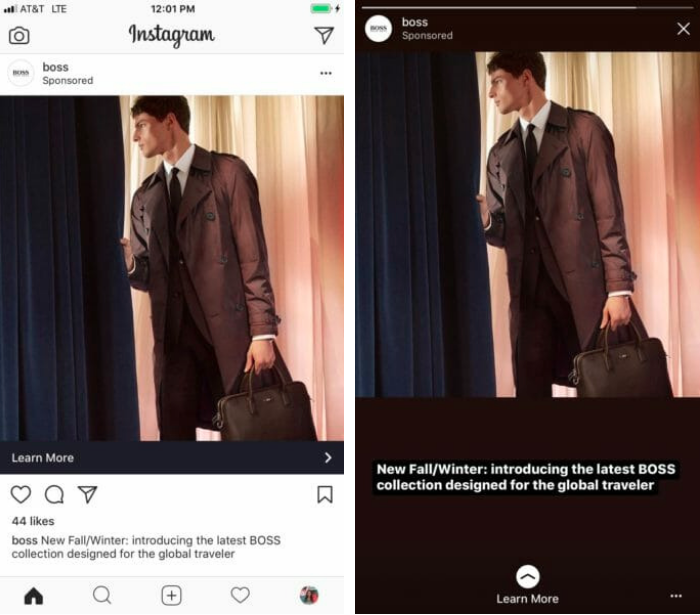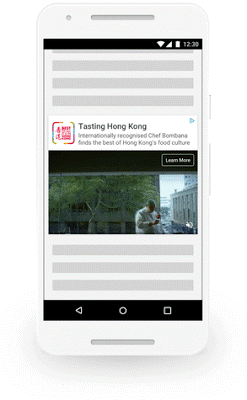April was a busy month for personal data and privacy discussions. Following news of the Cambridge Analytica Data Scandal with Facebook, social users were at heightened concern about how their personal data is collected and used online. With the fast-approaching implementation of EU General Data Protection Regulation (GDPR), which goes into effect in May, social platforms were forced to take action to update their terms of service ahead of a possible global adaptation of the law. Most importantly, consumers were given more power over how their information is used online, with options to choose exactly what information they share with social networks.
With these new restrictions, however, comes a potential issue for businesses marketing online. To help you better understand the implications of this major law, we’ve written an in-depth analysis about how businesses can plan to navigate the GDPR and what effect it might have on digital marketing strategies. Continue reading to catch up on everything else you may have missed in digital marketing and PR this month.

Social Media
Social Platforms Update Privacy Policies Ahead of GDPR
Major social networks have announced changes to their terms of service and privacy policies ahead of the EU GDPR law. The GDPR, which will go into effect on May 25th, will require organizations to tell EU citizens what personal data they collect and have power over what they choose to share, or they risk being substantially fined. Ahead of the new law, Twitter, Instagram, and Facebook are taking action with updated privacy policies to comply with the GDPR. While the law will currently only affect EU citizens, some predict that countries including the United States will adapt similar laws. If you’re wondering how a similar law in the US could affect the way your business operates, check out our analysis of how businesses can navigate new privacy regulations.
Instagram Makes Stories Advertising Easier with Automatic Ad Placement Support

Nearly a year ago, Instagram introduced its 24-hour disappearing Stories feature, offering an additional area of the platform for members to post and brands to advertise. Previously, advertisers were required to produce separate ad creative to suit the unique Stories format, as these posts are typically full-screen photos or videos without a dedicated caption area; however, the social network recently announced that it would be implementing automatic ad placement support for Stories, meaning that ads created for Facebook and Instagram can now be automatically adapted to fit within the Stories format. The new automatic placement support expands ad placement through Instagram and offers brands a new opportunity for reaching their ideal audience on social media.
LinkedIn Introduces Native Video Support for Company Pages and Sponsored Content
In a long-anticipated update, LinkedIn has announced that company pages will now be able to share native videos in their updates, as well as in Sponsored Content. This move comes several months after LinkedIn announced that personal accounts could share videos natively to the platform, and the new offering aims to help brands provide more options for sharing engaging content and promotions on the platform. With social networks like Facebook giving precedence to video content, the move signifies an ongoing demand for consuming video online and a key way for businesses to reach and connect with consumers.
Digital Marketing
In February 2016, Google announced that it would be removing sidebar ads, and now Bing is making a similar change to its own platform. While Google has retired sidebar ads – the ads that appear on the right-hand-side of the search engine results page (SERP) on desktop searches – all together, Bing has chosen to remove text ads from the sidebar but keep the ability for Bing Shopping Campaign ads to appear on the right side of the search results page. The move could be helpful for eCommerce brands, but those using traditional text ads could feel the impact of higher ad costs, as fewer ad positions may contribute to higher levels of competition.
Google Introduces Outstream Ads, Video Ads Outside of YouTube

Google is introducing a new ad format called Oustream Ads that will offer video ad placement outside of YouTube. Previously, the Google AdWords platform supported video advertising only in relation to YouTube videos, where businesses could choose to play their promoted videos before a YouTube video or as an in-stream ad. Now, the AdWords platform will allow brands to place video ads on mobile devices and in locations where YouTube videos do not exist. Similar to the way Facebook’s Audience Network acts, the Outstream Ads will support both portrait and landscape videos and will appear as banners, interstitials, in-feed and native for apps. The move is a powerful option for Google advertisers looking to reach their target audiences beyond Google text ads, banner ads, or YouTube ads.
What did you think of our April industry news roundup? Do you think GDPR will expand beyond EU? Or tell us how you’d use Google’s new Outstream Ads format in the comments below!






